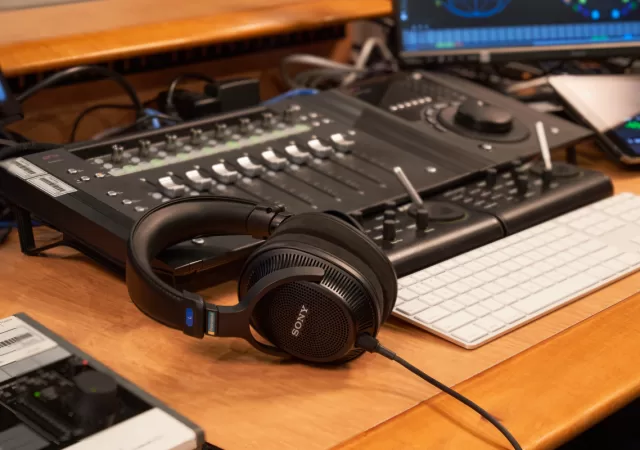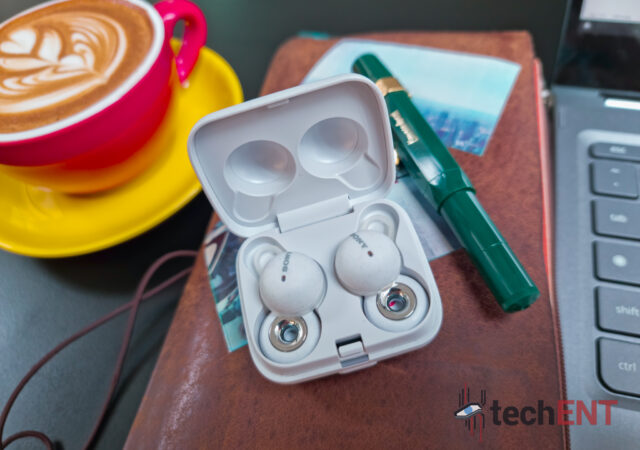Sony releases the MDR-MV1 open-back monitoring headphones for more accurate mixing and spatial audio mixing capabilities in the studio
The Sony WF-L900 LinkBuds In-Depth Review – You’re Not Here, But You’re Not There
Sony made this very unique pair of headphones that is permanently on transparent mode at MYR 849. It is a good idea, but is it any good?




